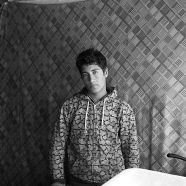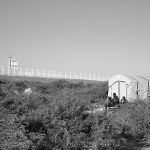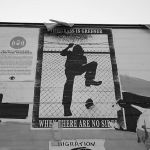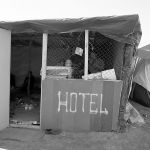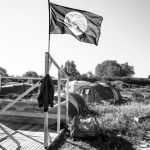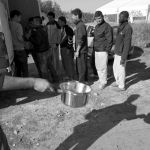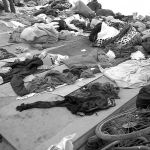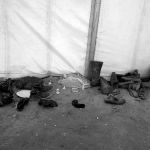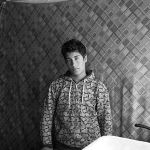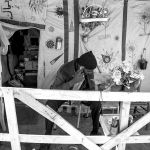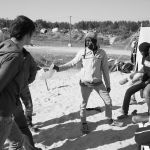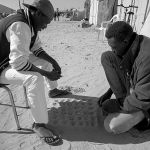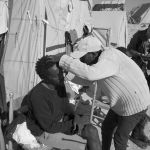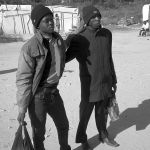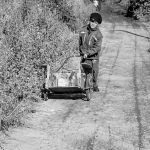Portfolio: Photographs
These photographs were taken in the refugee camp in Calais, France, in the fall of 2015. The camp is sometimes referred to as the “Jungle” but I have stopped using that term in deference to the wishes of some of the residents who object to the connotation. This work is part of a larger project called “The Black Presence in France.” I have been very interested in the critical mass of people of color and how they are and are not integrating into French society as well as the reaction of the French to this diversity. I had heard about the refugee camp in Calais and I had a connection to an NGO called Medicine du Monde that has been providing medical care in refugee centers all over the world. I really didn’t know what to expect and the camp was both much better and much worse than I anticipated. The camp housed more than 3,000 people from all over the world: the Sudan, Ethiopia, Syria, Afghanistan, Iraq, Kosovo, Pakistan, and elsewhere. Most of the people at that time of my visit had shelter and volunteers provided food and sanitation services. Many people were very open and let me photograph them. And even those who did not want to be photographed were interested in telling me their stories, which were usually harrowing. Many also offered me food, which I found amazing considering how little they had. People were amassed in Calais because they were trying to get to England, which until recently had less stringent immigration policies. People had been jumping on the back of lorries and trains going through the Chunnel. Just before I arrived, however, the English had changed their policies and had constructed a double fence with razor wire in the camp to stop the movement out. People were trapped and deaths and injuries from attempts at passage occurred regularly. The camp was made up of sections that contained concentrations of people from different parts of the world and the number of people had swelled to over 7,000 by March 2016 when the French authorities came in with tear gas and bulldozers and razed many of the tents. I am not sure what the status of the camp is now but I hope to return this summer.
Much of my photographic inquiry has its roots in my own history. My parents were Southern born and were part of the great African American migration during World War II. I have always been interested in the cultural landscape of the South, West, and North and like to photograph what people brought with them when they came and what they left behind. My work in New Orleans, West Oakland, Harlem, and now Cuba and Europe is an extension of that investigation.


